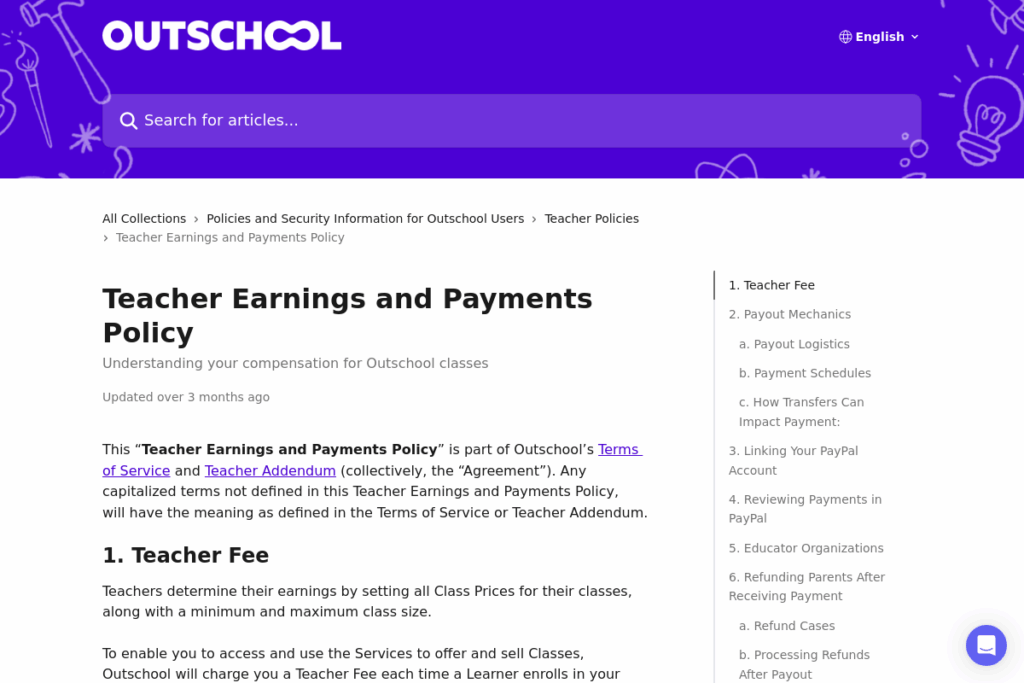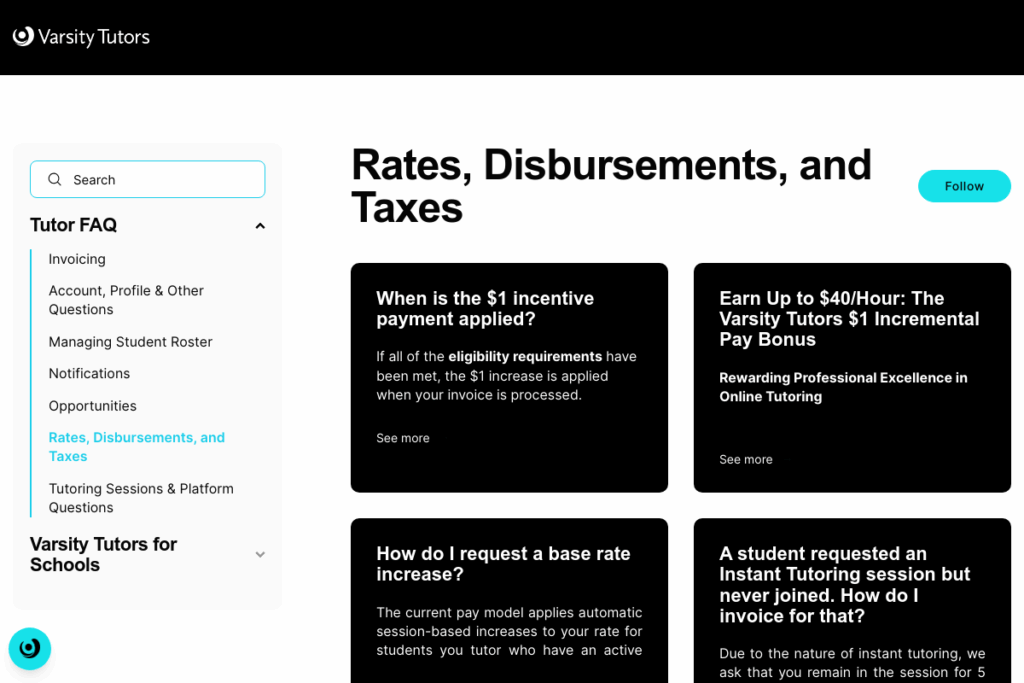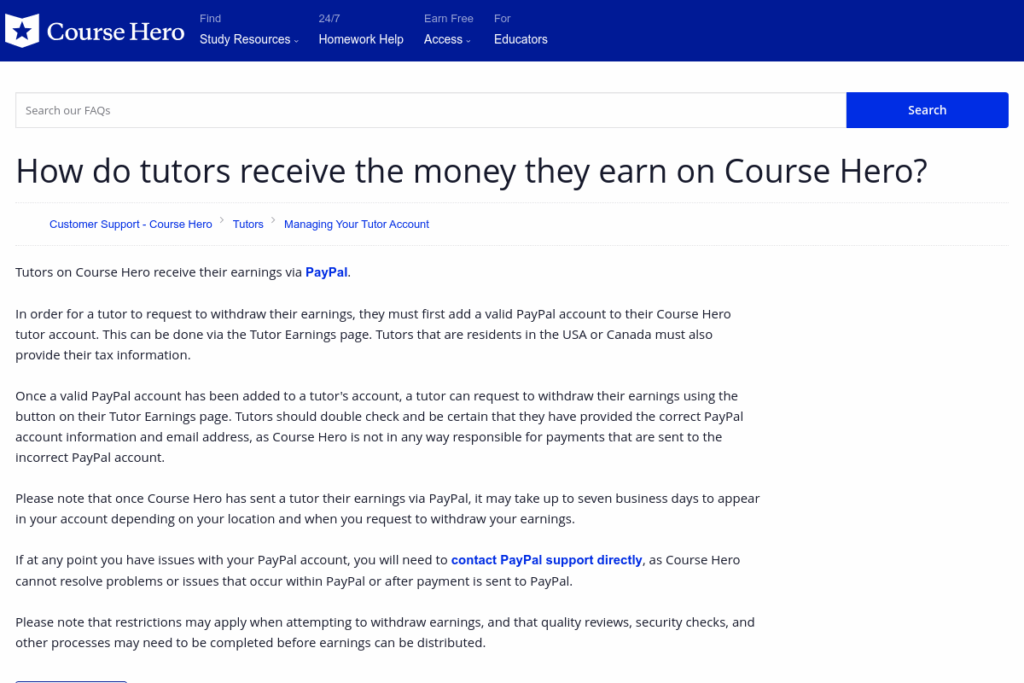
I love side hustles that fit around life, not the other way around. Tutoring online checks that box and—done right—can move you from extra cash to real, consistent income. I’ve built my own freedom this way: start lean, keep quality high, price smart, and channel profits into long-term goals. If you’re ready to stack flexible earnings without sacrificing the small joys, here are eleven practical routes to make money tutoring online.
1) VIPKid Global — Teach Kids Around the World
VIPKid is still a go-to for flexible ESL work focused on one-on-one classes with kids. You apply once, then open slots as your calendar allows. The company lays out clear pay details on its Teacher Pay page and lists eligibility on its Teacher Requirements. You’ll need a bachelor’s degree, work authorization in the U.S. or Canada, and an ESL credential or equivalent. Bookings ebb and flow, so optimize your profile, keep response times tight, and test peak time blocks to stabilize demand.
Use the early earnings to build a small buffer, then automate transfers into an IRA or high-yield brokerage. A tiny weekly contribution grows when you let compound interest work. Aim to raise your rate with experience, track show-up rates, and keep a simple prop kit ready so prep remains lightweight.
2) Cambly — Ultra-Flexible Conversation Tutoring
If you value maximum flexibility over top rates, Cambly is hard to beat. You set availability, take calls as they come, and get paid by the minute. The basics are explained on Cambly’s tutor portal, and current per‑minute rates are broken down in this practical overview from TEAST; then create your profile via Cambly Tutors. Lean into a clear intro video, niche your profile (Business English, interview prep, IELTS), and schedule “Priority Hours” to smooth out call volume.
Since revenue can be spiky, pair Cambly with a light, low-lift earner during off-peak times—read my Swagbucks review for ideas—and bank the combined cash for quarterly goals. Keep notes on repeat learners so every session starts faster and delivers more value.
3) Outschool — Create Classes You Love (No License Required)

Outschool lets you design live classes and 1:1 tutoring for learners aged 3–18. You set pricing and topics, while the platform handles payments and safety. Review the 70/30 payout in Outschool’s Teacher Earnings Policy and confirm identity and background check requirements in Educator Background Checks. Popular niches: math foundations, reading fluency, writing camps, coding, art, and music. Start with one-time classes to validate demand, then expand to ongoing or small-group courses.
Price smartly—Outschool share that many families buy 1:1 tutoring in a midrange “sweet spot.” Protect your personal budget by channeling a portion of payouts toward a buffer so you can stop living paycheck to paycheck. Batch plan lessons, reuse slides, and build waitlists to keep revenue consistent.
4) Wyzant — Set Your Own Rate on a Big Marketplace
Wyzant is a long-standing marketplace spanning K–college subjects and test prep. You control your hourly rate and subject list, and Wyzant takes a platform fee—details are spelled out in Tutor Fee Structure. Note that students also pay a separate service fee per lesson, shown in Service Fee. Strong profiles with reviews rise faster, so ask satisfied students for feedback and post sample problem breakdowns.
Payments now follow a semimonthly schedule, which can help with planning—see the 2025 payout update. To improve margins, offer package deals and group sessions. Funnel profits into goals that compound over time—seriously, make compounding your ally.

5) Tutor.com — Steady, Structured K–12 and Beyond
Tutor.com (a Princeton Review company) offers scheduled sessions across math, science, writing, and more, plus institutional contracts that drive student demand. Their High-Dosage program lists pay rates upfront—see $22/hour in the HDT Tutor FAQ; general FAQs on onboarding and payments are in Tutoring FAQ. Expect subject tests, background checks, and quality monitoring, which helps match you with learners regularly.
Stability is the draw here. Treat this as an anchor client, then layer a marketplace (like Wyzant) for higher-rate private work. Track your session feedback, bank incentives, and earmark a fixed percentage of every payout for taxes so your net income stays predictable.

6) Skooli — Credentials-Forward Academic Tutoring
Skooli focuses on academic help for K–12 and college students. Requirements skew more formal than some marketplaces: you’ll qualify via a state/provincial teaching license, advanced degree, or ESL certification—see eligibility in Who Can Tutor. The company outlines verification steps and how earnings are calculated per minute in How Tutors Are Paid and Application Process.
Lead with your strongest credentials, specify grade bands, and add niche topics (AP exam prep, study skills, lab report writing) to earn more. Keep reusable slide decks and problem sets to reduce prep time and raise your real hourly.
7) Preply — Build a Global Roster (Mind the Commission)
Preply connects tutors with language learners worldwide. You set your rate and niche, but make sure you understand the commission mechanics: the first lesson with any new student pays 0%, and subsequent lessons incur a tiered cut that drops as you accumulate hours—see the commission model. Their public tutor page outlines earning examples and tools in Teach on Preply.
Start with a competitive rate to spark bookings, then raise it steadily as reviews grow. Offer trial lessons short enough to limit your free time exposure, and sell packages to stabilize cash flow. Use a sinking fund for irregular months so you can ditch the paycheck-to-paycheck stress.
8) italki — Language Tutoring With Your Own Pricing

On italki, you choose Community Tutor or Professional Teacher and set your own lesson types and prices. The platform recently updated its commission policy; check the current structure on How italki charges commission before you set rates. Approval requires solid profiles and an intro video; you’ll find step-by-step guidance in many up-to-date application guides like TEAST’s italki overview.
Specialize (conversation for travelers, DELE prep, accent coaching), create a simple curriculum you can repeat, and promote multi-lesson packages for better retention. As bookings scale, siphon a percentage into an index fund so compounding does the heavy lifting.
9) Varsity Tutors (Nerdy) — Consistent Leads and Fast Payouts

Varsity Tutors sources learners for you across K–12, test prep, and many college subjects. You apply once and can get paid twice weekly; the public jobs page explains the flow in Tutoring Jobs. Rates vary by subject and format, but there’s also an incremental bonus path that can lift earnings toward $40/hour as you complete more sessions with a student—see the company’s rates and disbursements.
Accept a core set of recurring students first, then layer in higher-paying test prep blocks. Track prep time, standardize lesson frameworks, and invoice promptly so cash hits on schedule. Treat VT as a pipeline to keep your calendar full while you raise rates elsewhere.
10) Course Hero — Asynchronous Q&A for College Subjects

Prefer text-based help over live video? Course Hero pays tutors per accepted answer across a wide range of college subjects. The company shares top-earner estimates and eligibility on its Become a Tutor page and explains payouts via PayPal in Tutor Payments. Note regional application limits can apply (see current application guidance in their support articles) and that quality reviews determine access to more questions.
To maximize earnings, specialize deeply (e.g., cost accounting, discrete math), write concise, stepwise solutions, and maintain a library of reusable explanations. Batch answers during your high-energy hours to lift throughput without sacrificing quality.
11) Studypool — Bid on Questions, Work in Short Bursts
Studypool lets students post questions with a budget; tutors bid and deliver written solutions. It’s ideal if you want micro-sprints rather than live sessions. Start with the platform’s overview of how payments and commissions work in Tutor Payments, then learn the flow in How it works. Commission varies by tenure and question type, so price your bids with margin in mind.
I like pairing Studypool with a flexible conversation platform so idle time becomes paid output. If you want extra light tasks between bids, this quick Swagbucks primer covers small, stackable wins. Track your average minutes per question, avoid low-budget topics, and bank a slice of every payout toward quarterly goals.
Bottom line: choose one platform to start, ship excellent sessions, and raise prices as reviews build. Keep your schedule flexible, your prep simple, and your money working for you. That’s how a side hustle becomes a durable income stream—and ultimately, more freedom.

